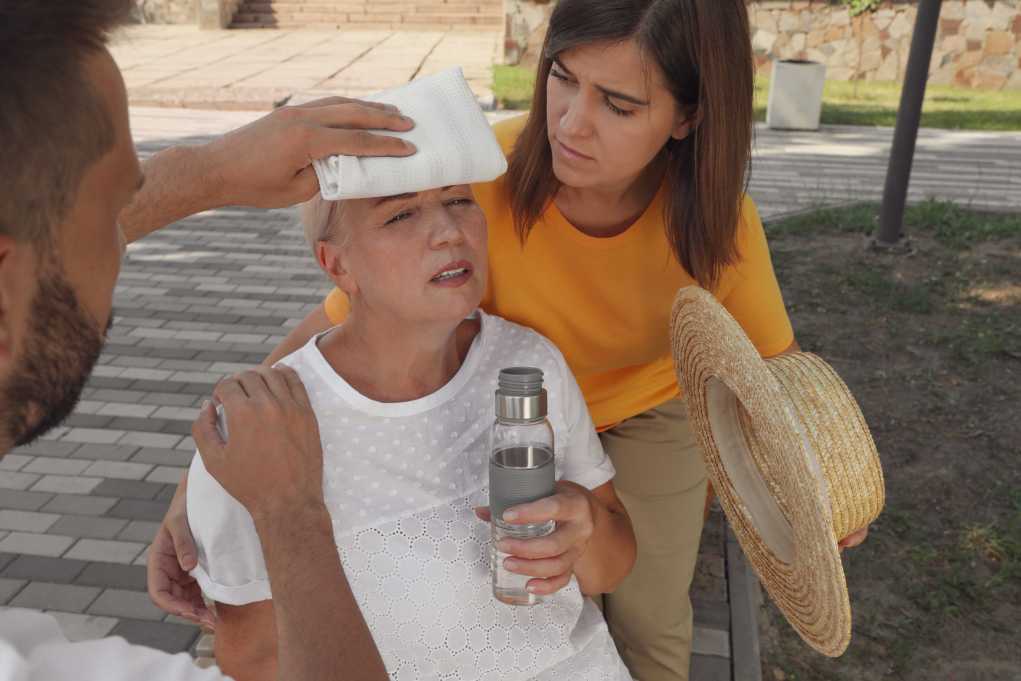
That refreshing cold shower during a heat wave could be trapping heat inside your body and putting your health at risk, according to new scientific findings.
Key Takeaways
- Cold showers during heat waves can cause blood vessels to contract, actually preventing your body from cooling down properly
- The “cold shock response” can dangerously elevate heart rate and blood pressure, particularly risky for those with heart conditions
- Despite potential benefits like improved circulation and reduced inflammation, experts advise caution during extreme heat
- Better cooling strategies include drinking water, wearing light clothing, and creating cross-breezes with strategically placed fans
The Counterintuitive Science of Cold Showers
With summer temperatures soaring across the country, many Americans instinctively reach for the cold shower handle, seeking relief. However, scientific evidence suggests this intuitive response could be counterproductive and potentially dangerous. When your overheated body suddenly encounters cold water, it triggers a protective mechanism that works against your cooling needs. The body’s natural response prioritizes protecting vital organs by redirecting blood flow away from the skin, precisely when you need surface cooling the most.
“So, in the context of cooling the body down, jumping into a cold shower does the opposite of what needs to happen, as less blood is now flowing to the surface of the skin. This will hold the heat in and around your organs instead of getting rid of it,” Adam Taylor, Professor of Anatomy,
This physiological response essentially traps heat inside your core, where it continues to stress your system rather than dissipating through your skin. The reaction is particularly concerning because many people experience immediate relief from the cold sensation against their skin, unaware that their internal temperature remains elevated or even increases as blood vessels constrict and trap heat inside.
Dangerous “Cold Shock” Health Risks
Beyond ineffective cooling, cold showers during heat waves present more immediate health concerns through what experts call the “cold shock response.” This reaction is far more serious than simple discomfort. When your overheated body suddenly encounters cold water, it can trigger a cascade of potentially dangerous physiological responses, including gasping, hyperventilation, and dramatic increases in heart rate and blood pressure – all particularly risky for vulnerable populations.
“This causes the blood vessels in the skin (those in contact with the cold water) to constrict rapidly. This increases blood pressure as the heart is now pumping against increased resistance,” Adam Taylor, Professor of Anatomy.
For individuals with pre-existing heart conditions, this sudden cardiovascular stress can trigger serious events, including irregular heartbeats, heart attacks, or strokes. The risk is substantial enough that medical professionals specifically warn against the practice for certain populations. The danger increases with the temperature difference – the hotter you are and the colder the shower, the more extreme the body’s reaction can be.
“I would caution against it for anyone with a cardiac history,” Dr. Jorge Plutzky.
Effective Cooling Alternatives
Rather than risking health complications with cold showers, experts recommend safer and more effective cooling strategies during heat waves. Proper hydration stands as the cornerstone of heat management, with emphasis on regular water intake throughout the day rather than waiting until thirst signals dehydration. Strategic home cooling through careful management of windows, blinds, and airflow creates sustainable relief without physiological risks.
“Although diving into a cold bath or shower straight after being out in the heat might feel nice on your skin, it isn’t doing what is needed to reduce the core temperature of the body,” researchers say.
Creating effective airflow through your living space provides sustainable relief that works with your body’s natural cooling mechanisms rather than against them. Fan placement becomes a science during extreme heat, with proper positioning maximizing cooling effects. Experts recommend a specific approach that creates cross-ventilation to continuously exchange hot air for cooler air from outside, particularly effective during evening hours when outdoor temperatures drop.
“Opening opposite windows or doors allows air to flow through,” Les Roberts.
“For even better airflow, you can place a second fan facing inward at the opposite opening to pull cooler air into the room, creating a strong cross-breeze,” Les Roberts.
Balancing Benefits and Risks
Cold water exposure does offer legitimate health benefits when used appropriately outside of heat emergencies. Research has documented improved circulation, enhanced immune function, and even metabolic benefits from regular cold exposure. The practice has gained popularity through advocates of “cold therapy” who promote its potential for reducing inflammation and improving recovery after exercise. These benefits, however, must be weighed against situational risks during extreme heat.
Americans facing increasingly extreme summer temperatures need science-based approaches to heat management rather than intuitive but potentially counterproductive reactions like cold showers. By understanding how our bodies cool themselves – primarily through gradual temperature adjustment and evaporation – we can adopt more effective strategies that work with our physiology rather than triggering dangerous protective mechanisms that trap heat inside.















